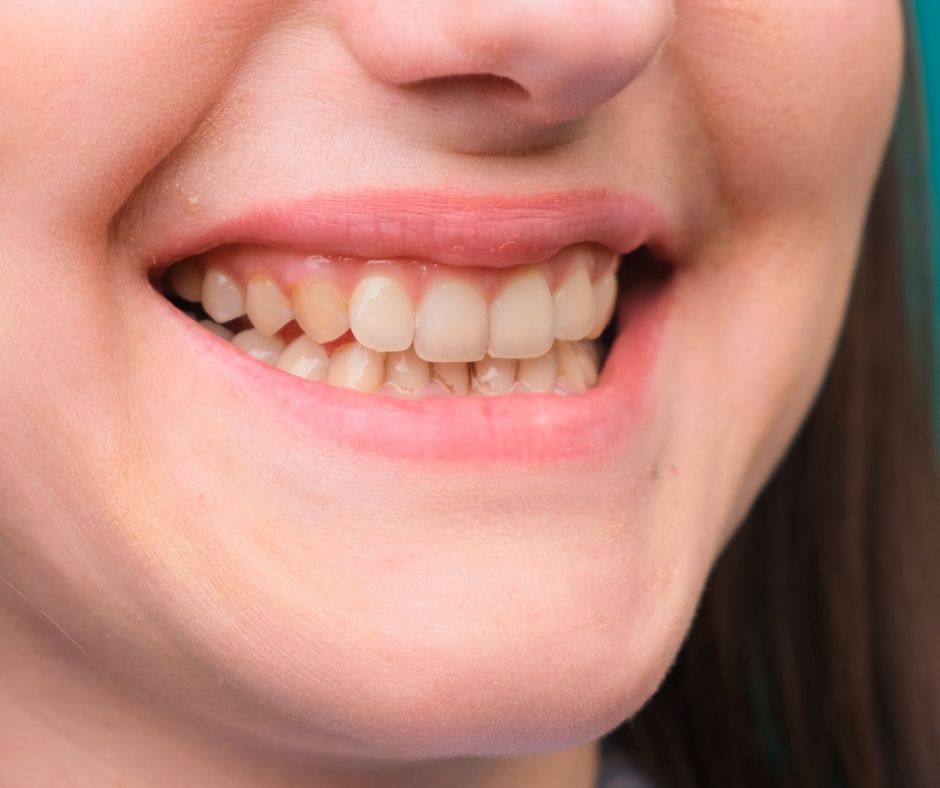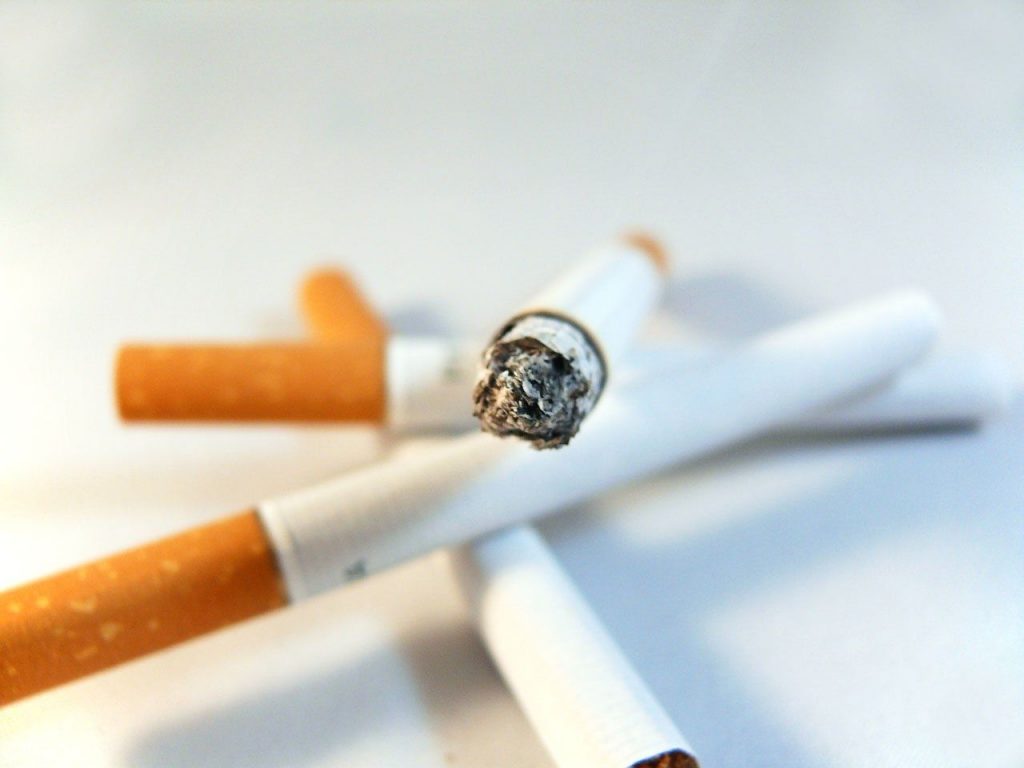As of 2014, cigarettes were smoked by over 1 billion people, nearly 20% of the world’s population then. About 800 million of these smokers are men. While smoking rates have leveled off or declined in developed nations, in many developing nations tobacco consumption continues to rise, especially among men. As of 2018, Tobacco use globally has begun to decline and is projected to decline more rapidly in the upcoming decades.
However, smoking is still one of the leading risks for early death – global studies estimate that about 8 million people die prematurely from smoking every year.

No matter how you smoke it, tobacco is dangerous to your health. There are no safe substances in any tobacco products, from acetone and tar to nicotine and carbon monoxide. The substances you inhale don’t just affect your lungs. They can affect your entire body.
Smoking can lead to a variety of ongoing complications in the body, as well as long-term effects on your body systems. While smoking can increase your risk of a variety of problems over several years, some of the bodily effects are immediate, below we list a couple of the main ones.
One of the ingredients in tobacco is a mood-altering drug called nicotine. Nicotine reaches your brain in mere seconds and makes you feel more energized for a while. But as that effect wears off, you feel tired and crave more. Nicotine is extremely habit-forming, which is why people find smoking so difficult to quit.
When you inhale smoke, you’re taking in substances that can damage your lungs. Over time, this damage leads to increased infections, thus people who smoke are at higher risk for chronic irreversible lung conditions.
Smoking damages your entire cardiovascular system. Nicotine causes blood vessels to tighten, which restricts the flow of blood. Over time, the ongoing narrowing, along with damage to the blood vessels, can cause peripheral artery disease.
The more obvious signs of smoking involve skin changes. Substances in tobacco smoke actually change the structure of your skin. A recent study has shown that smoking dramatically increases the risk of squamous cell carcinoma (skin cancer).
When it comes to smoking, its effect on oral hygiene is also very destructive, since smoke is inhaled through the mouth, thus having the first impact on teeth, saliva and mouth in general.
Firstly it causes discoloration of the teeth, due to the nicotine found in tobacco leaves, but also thanks to the several additives found in a cigarette. The more a person smokes, the more brown or yellow their teeth will become.

Smokers and tobacco users are more likely to develop periodontal disease than nonsmokers. Periodontal disease, also known as gum disease, is an infection that impacts a person’s gums. Swollen gums that bleed when brushing and flossing are some of the first signs of this oral disease.
Gum disease, in the early stages, can often be reversed when patients seek treatment, but tobacco use and smoking can lead to the problem becoming worse. The bacterial infection can spread to bone and gum tissue, which will become weaker. Over time, bone loss can occur, eventually requiring surgical intervention to repair any damage.
Smoking not only puts people more at risk of oral cancers, like throat or tongue cancer, but it also interferes with proper blood circulation, affecting the normal function of gum tissue. It delays healing after oral surgery for tooth extractions, dental implants, or treatment of periodontal disease by restricting blood flow and delaying the healing process.
The conclusion is that there is no theory or study that would sustain in any aspect that smoking would have any positive effect on one’s physical or mental health, also nicotine being recognized as the most addictive drug found in tobacco products.
Nicotine dependence (also called tobacco addiction) involves physical and psychological factors that make it difficult to stop using tobacco, even if the person wants to quit, thus it can take many attempts, so it is important to keep trying.
Medications and behavioral counseling are the two main types of tobacco cessation treatment. Combining these two types of treatment is the most successful way to quit tobacco use.
